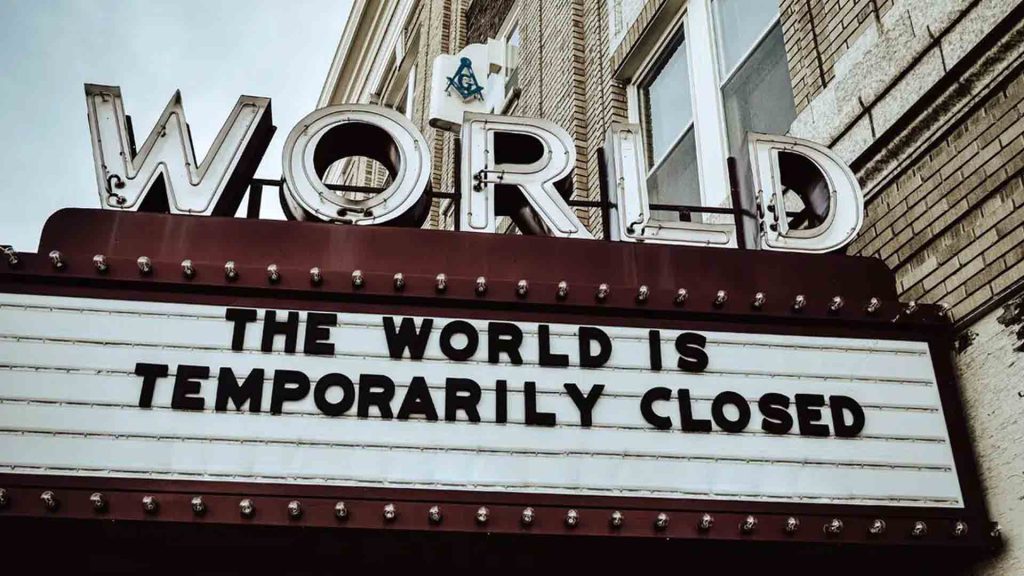Post-Crisis and Brand Pivot
In the past, we addressed the need to do a brand pivot during the lockdown (and now during the beginning of a Post-crisis life) because customer attitudes are altering significantly. A brand pivot doesn’t mean a complete repositioning but, as is the case with a multifaceted brand, you can simply adjust the emphasis on the appropriate brand benefits and the interpretation of the brand experience.
Contrary to the 2008/2009 financial crisis, coming out of this COVID-19 crisis will likely result in a much faster rebound. It will not be a time for celebration, however, due to the huge losses suffered both in terms of life and economic hardship.
The most notable change, one we’re already experiencing, will be a longer-lasting shift from a focus on ‘me’ to a greater focus on ‘we’. Customers have long memories and will remember how brands and companies behaved during the crisis. It’s important, therefore, to plan for that broader view of brand value as you plan your marketing and communication strategies in the months ahead.
Integrated Values
Consumers will still buy your brand for the same fundamental reasons they have always bought any brand – because it provides meaningful value to their lives. Social values related to how the company does business in the community (global or local) and how it treats its employees will have a greater impact going forward due to the COVID-19 crisis. Edward Freeman, from the University of Virginia, has long urged businesses to broaden their perspective on value creation beyond just the value the brand provides to customers to include other stakeholders in its value proposition.

A better way for Ikea
Let’s use IKEA as an example. The motivational power of their brand benefits builds in motivational power to the crucial brand experience of being a better way for customers to utilize their home living space.

Let’s now take that same brand value motivational hierarchy model and expand what providing a better way could mean in terms of adding value to other stakeholders, such as your employees and the local communities you operate in – two stakeholders who are very much affected by the crisis and post-crisis. The effect of adding aligned brand value to other stakeholders creates what we call a Brand Halo that actually increases overall value for your brand. The aligned value you create with your employees and in the communities, you operate will have the effect of creating even greater brand value for your customers. Adding value to communities and employees is not only the right thing to do, it’s good business as well. That linking of community and employee value has really come into focus during this crisis.

We know how the customer is inspired by the ‘better way’ experience, but how can IKEA broaden the better way concept to include stakeholder value. Just as segmentation can be utilized for targeting ideal customer prospects, IKEA can also segment and target the best segments for employees who are also motivated by the same better way brand value to include a statement of what that shared brand and employee value means to employees.

IKEA also understands and appreciates the role they have in communities and expands their ‘better way’ brand value strategy to include their role there, too. Whether it is on how they behave in a crisis or on an ongoing basis, such as how they source land for new stores or select local suppliers, IKEA has adopted a way of working in communities around the world that is fair, open, and transparent.

Broadening the scope of providing brand value can be extended to all stakeholders, including the most vulnerable stakeholder we all share – the planet.

We are all in this together
The one lasting lesson we are learning from the COVID-19 crisis is that we are all in this together: communities, employees, suppliers, and customers. Shouldn’t your post-crisis brand strategy and communications reflect this valuable lesson? There is no better time to start than now when everyone is paying attention not only to what you do, but to how you do it.



